I dip my paddle’s curved edge into the still, green water. The banks of the river are bright with thick waxy leaves and colourful pinpricks of budding flowers. I can feel the vegetation radiating tropical heat.
Pulling back on the paddle’s long handle with both hands allows the muscles in my shoulders to take the strain. There’s a string of palpable energy running from the water to my hands and the whole way down my body to the soles of my feet, grounded as firmly as possible on the surfboard’s surface.
I scrunch my toes. Maintaining my balance is requiring some serious effort.
Stand up paddle boarding is not a sport I’d usually sign up for. I’m not a water baby, or a new sport junkie: in fact, my go-to internal reaction is shying away from activities where I think I’ll embarrass myself.
But being in the Philippines weirdly re-aligned my attitude, and somehow no convincing was needed. Which is why the morning had found me crawling onto a surfboard in my bikini, wobbling rather dramatically on hands and knees (and thus pausing like a stricken gazelle), then eventually rising slowly upward – where I came to the realisation that ‘SUPing’ is actually really fun.
The best part of doing it on a river flowing through a Filipino island? Gaining a whole new perspective about life on the water.
A water-centric lifestyle in the Philippines
The Philippines is an archipelago of over seven thousand islands, and like many countries in South East Asia, Filipino life revolves around the water. The ocean, lakes, rivers and waterfalls all provide a variety of uses – from transporting people and materials to propagating industry to acting as a food source.
These bodies of water also play a crucial part in tourism – because when there’s water, there’s usually also a beach. For a lot of travellers, the chance to spend most of your time in a bikini is always a temptation.
Particularly for those of us hailing from the shores of perpetually chilly England.
It’s no surprise that tourism in the Philippines is all about the water, from canoe trips through twisted mangrove trees to sailing down rivers on the aforementioned paddle boards.
But it didn’t take long for me to start noticing less about the beaches and more about the boats.
Island hopping and boat watching on the Pacific ocean
Our first stop on Palawan Island was sailing around Honda Bay on an island hopping tour. I was envisioning a bevy of other boats alongside ours and no room to move on the beach – but travelling in shoulder season has its advantages. We were blissfully alone for the day, and I felt like the narrow stretches of sand were ours to enjoy.
As our boat careered through the water, I revelled in the salt spray that flew up around us. Conversation was impossible over the buzzing of the boat’s motor and the wind whipping the words from my mouth – but I loved it.
Early the next morning we sat on red plastic chairs at the harbour on Palawan Island, sweating profusely. The air was thick and humid, our skin sticking to every surface it touched.
But the boat men in the harbour didn’t seem phased in the slightest. I watched in open mouthed wonder as they ferried their taxi boats around the water, their lithe bodies seeming almost balletic as they threw heavy ropes, grasped steering poles and pulled colourful prows into the harbour.
On Bohol Island, we left the ocean behind us to spend more time on the rivers. We joined an old man as he paddled his canoe through the mangroves and quietly sang a song about the importance of the mangrove tree to the ecosystem of the area.
One night, we silently boarded a boat and moved through the silky blackness until a smothered gasp from one of our group revealed the presence of hundreds of soft white dots in the tree branches. Fireflies, flashing their cold light in short, intermittent bursts. Totally impossible to photograph, and absolutely breathtaking.
But it was on a rainy, overcast afternoon while wandering the beaches of Palawan Island that I really started to glimpse what the ocean represents to Filipinos.
In the Philippines, boats are a community business.
Under the steadily darkening clouds, a group of Filipino men were hauling their boats up onto the sand: boats that are usually used to transport tourists to and from the nearby UNESCO-listed subterranean river. We asked them why, and learned that all the islanders’ boats are dragged up every few months for repainting and repairs.
The whole community was involved in the hiatus of services, meaning that no one’s boat was in the ocean in the hope of taking on surplus passengers.
And the thing that made me smile the most was watching men of every age being more than happy to help with bringing the boats into shore – even those who were perhaps a bit too young.
As I wandered the same beach the next morning, accompanied only by a sand covered dog, I watched an elderly man fixing holes in a stretch of ripped fishing net.
I couldn’t help thinking about how much Filipino communities must have to rely on the river and the sea – and the worries associated with that.
To fear or respect the natural world?
When you put all your faith and trust into the natural world, it’s always going to be with hesitation – particularly in an area where natural disasters are common. Typhoon Yolanda, which hit the Philippines in November 2013, was one of the strongest tropical cyclones ever recorded and caused swathes of destruction across the whole of Southeast Asia.
In moments like this, when water becomes a destructive force instead of a providing one, sanitation structures crumble, water becomes polluted, and there’s a renewed effort to ensure good hygiene practices. Communities have to pull together in order to make it through.
So it was truly wonderful to see that the people of the Philippines, from my perspective at least, seemed to still be able to respect the rivers and the sea. The river even felt like a place to congregate and come together – almost like a Filipino alternative to the wonderful night-time plaza lifestyle in South America.
Messing about on the river
As we continued floating down the Loboc river on our paddle boards, I listened to the voices of invisible kids shouting “Helloo!” from the banks. I spied floating rinds of half-eaten watermelon, watched tiny swallows and butterflies flit across my board, and listened to the birds chattering in the trees.
Eventually, we came across a rope swing attached to a twisted tree trunk, with copious amounts of young boys swarming through slippery branches to launch themselves outward, plunging happily into the river water below.
Video: Backpacker Banter
Watching these kids play was the perfect illustration for how people in the Philippines live the normality of their daily lives. Whether it’s ferrying tourists around on taxi boats, or taking a few fresh coconuts home in the family canoe, life moves slowly here.
Slowly, usually on the water, and in a pretty epic boat.
What’s the best mode of transport you’ve ever used in a foreign country? Have you ridden in a Filipino boat?
Disclaimer: I worked with the Philippines Department of Tourism on my visit to the islands, but all the Filipino boat obsession stems solely from my own brain. Obviously.

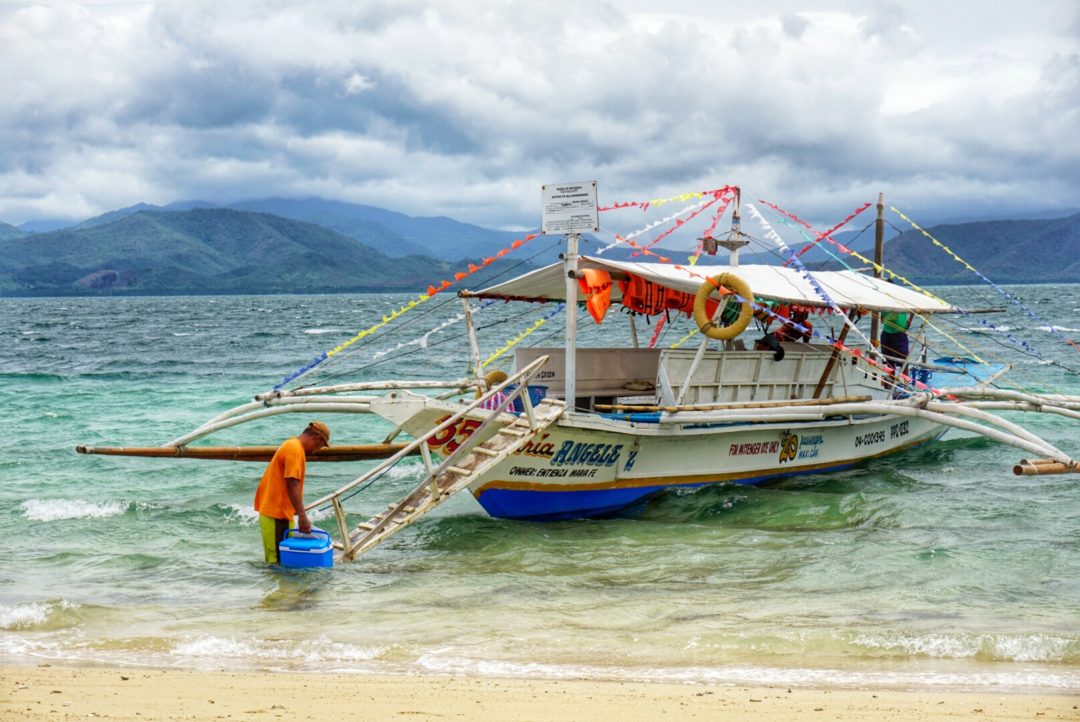
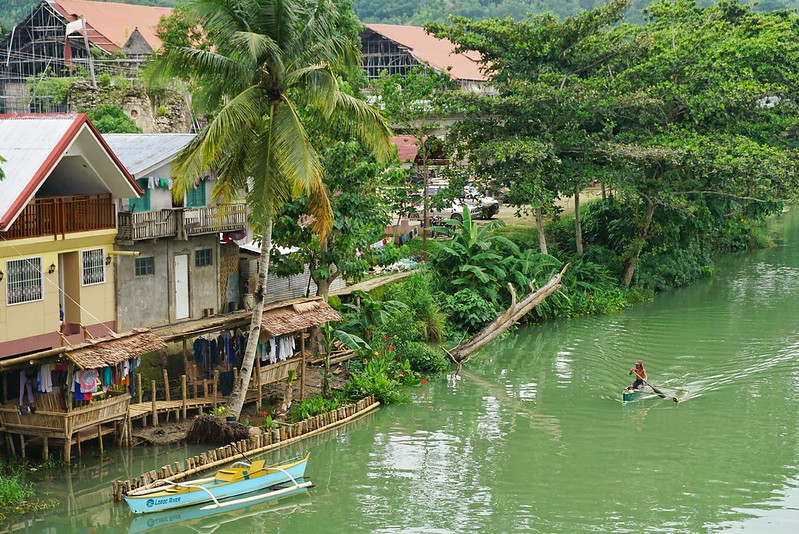
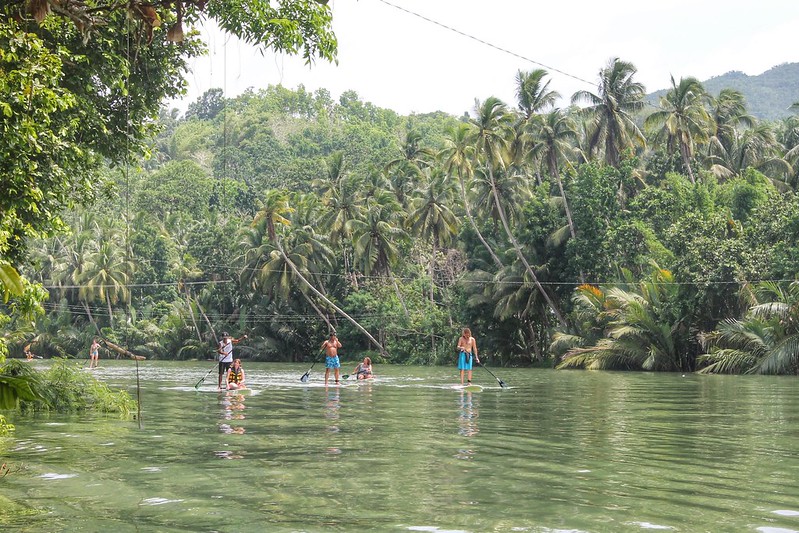
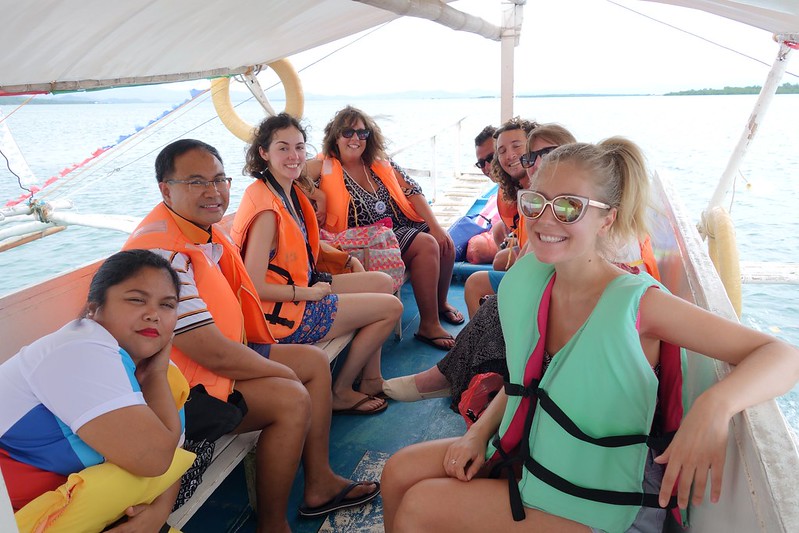
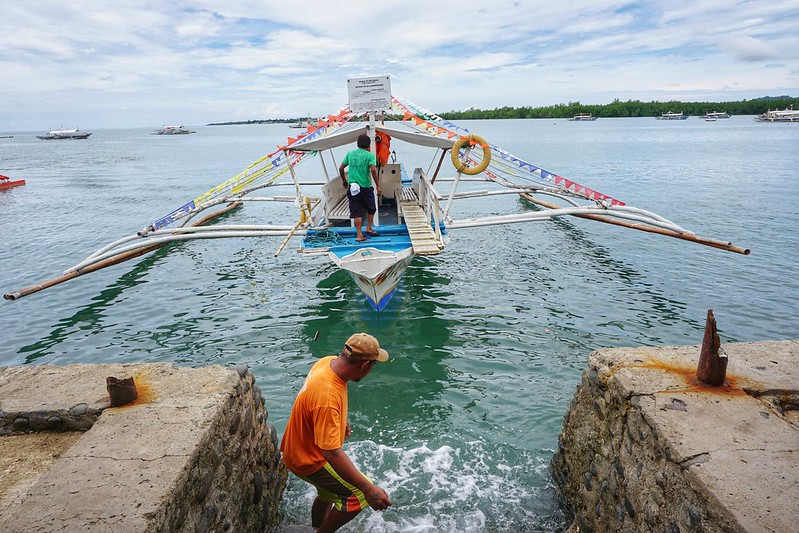

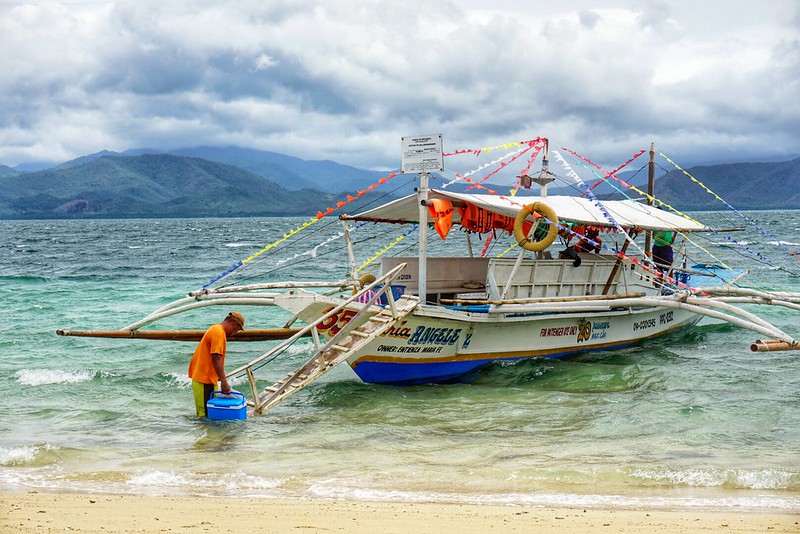
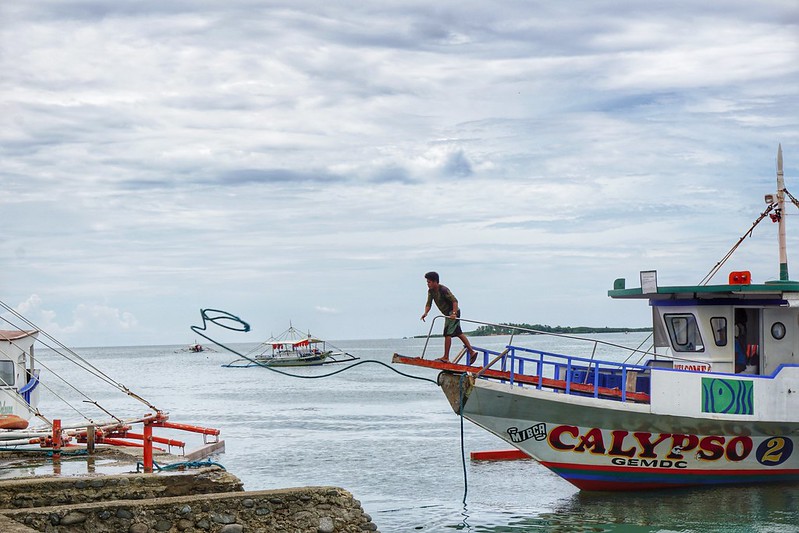
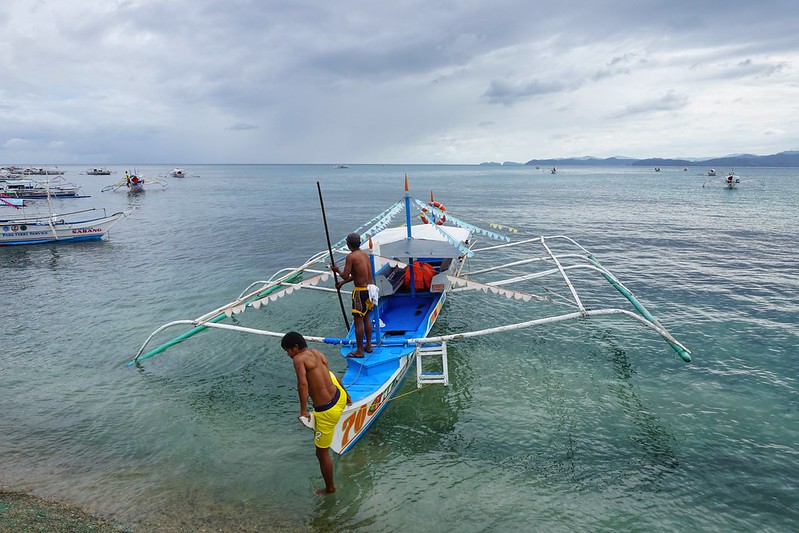
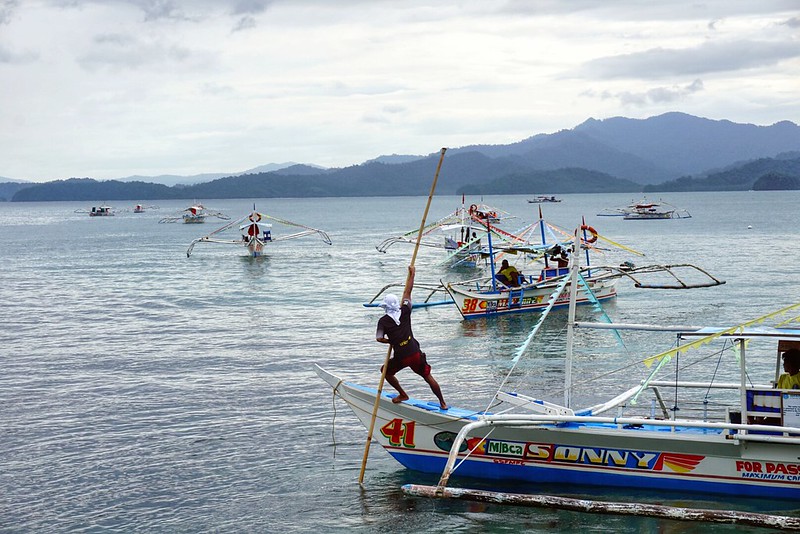
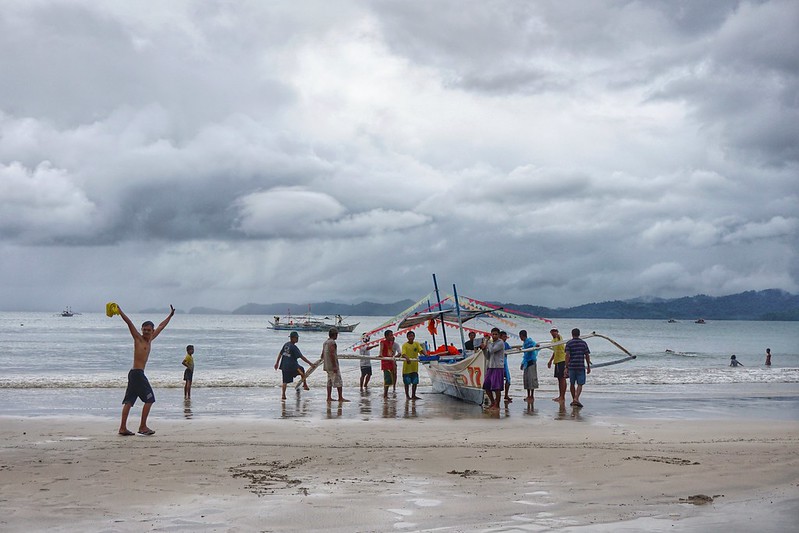
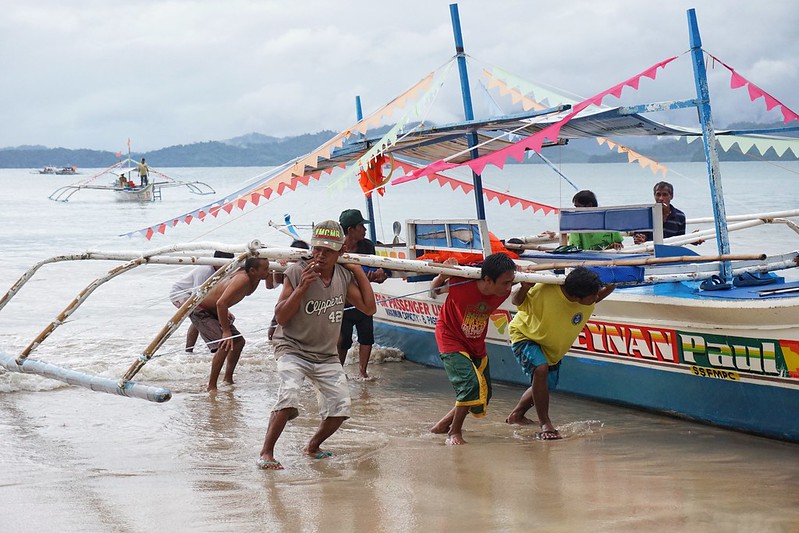
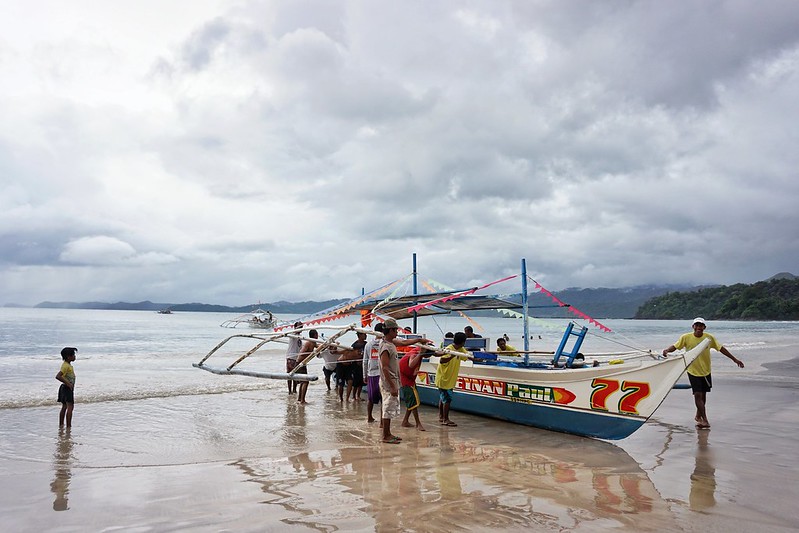
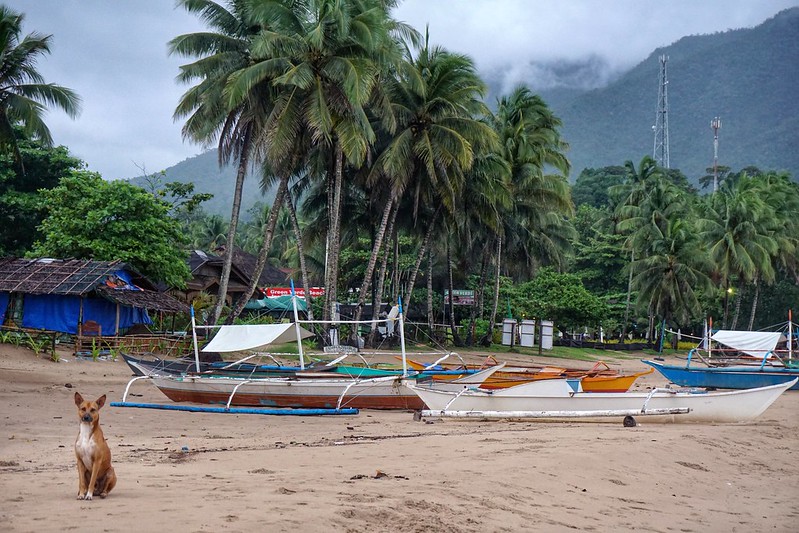
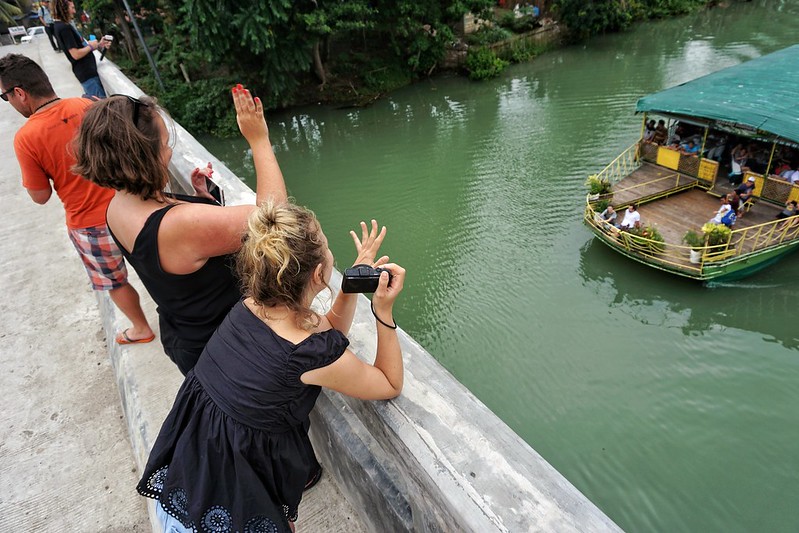
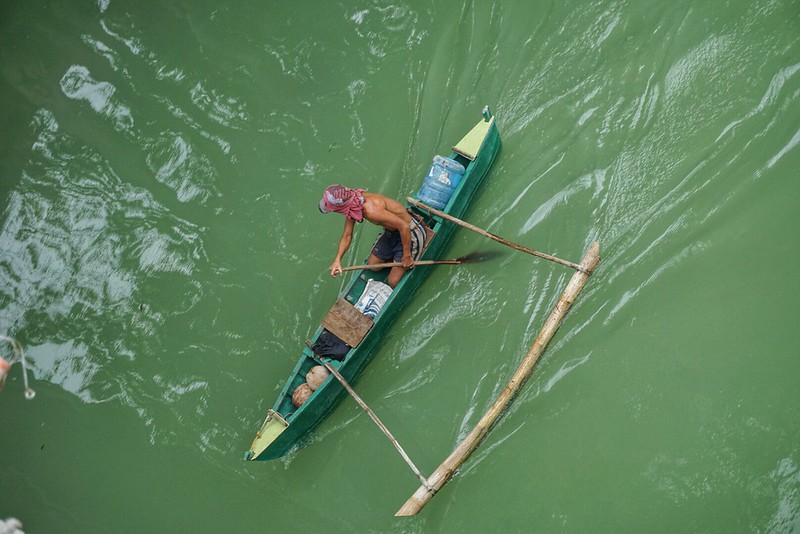
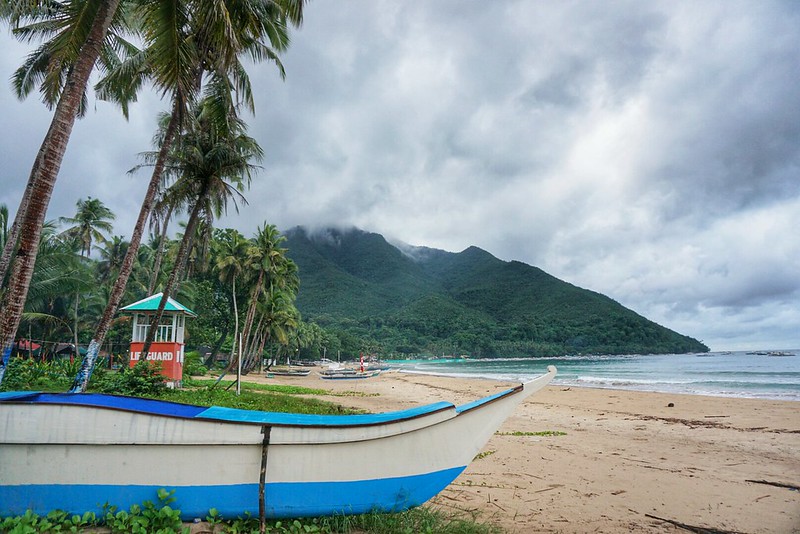

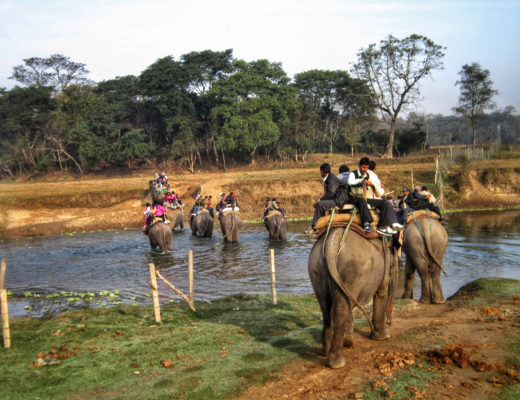
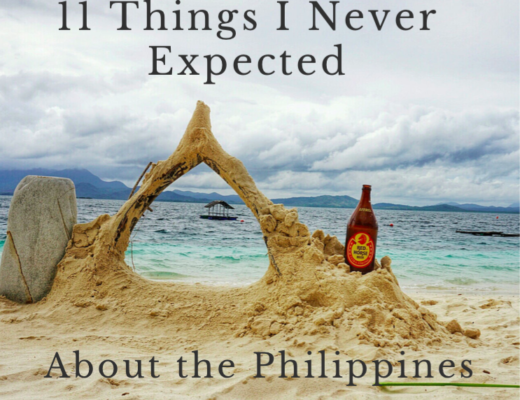
8 Comments
adventureliesinfront
September 1, 2015 at 11:10 pmI’m a huge water baby. I grew up 10 minutes from the beach and it was always one of my favourite places to be during the summer. That said I’m aware of my clumsiness enough that I know I probably should never get on a paddleboard- I think I’ll just stick to swimming.
I love the way the whole community fixes these boats. It seems like such an amazing thing to do and I think it is this sense of community that is slightly fading from the western world. The boats look super cool as well!
Flora
September 2, 2015 at 10:23 amI’m sure you’d love it in the Philippines, then! There’s such a lovely community vibe – and the water is literally everywhere :p
viswa
September 3, 2015 at 4:59 amExcellent Post,Very Interesting and Well Narrated Story,I Am Really Happy While Reading,thanks…
Flora
September 7, 2015 at 9:26 amThanks for reading!
Tina
September 10, 2015 at 1:28 amPhilippines is definitely a country worth visiting. Lots of tourist destination, cost of living is affordable. But what I really love about the Philippines is the people. They are so friendly, they smiled at you like they know you. and they all understand and speak english. 🙂
Flora
August 11, 2017 at 7:03 pmIt really is a fantastic country to visit, Tina – good to hear you enjoyed your time there too!
K
July 25, 2017 at 2:14 pmI just came across your blog while on the Discover part of WordPress and saw Philippines in one of the links. I loved how you wrote about the Philippines here! (hehe, I’m Filipino) I’d like to write as well as you did here…someday. 🙂
Flora
August 11, 2017 at 7:02 pmOhh thanks so much K! I’m glad you enjoyed reading about your country from another visitor’s perspective 🙂